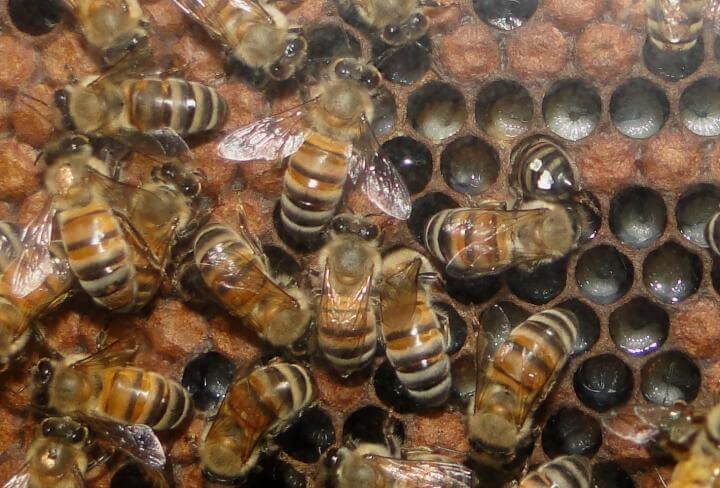Circadian rhythms are internal clocks that determine many of an organism’s daily rhythms, for example sleep-wake, feeding, urinary output and hormone production. Aligned with the environment by external forces such as sunlight and ambient temperature, circadian rhythms are important for animal health and survival. Disturbances of the circadian clock are associated with a variety of diseases in humans and animals, including cancer, mental illnesses and metabolic disorders, such as diabetes and obesity.
The dominant role of light in adjusting the circadian rhythm to the local environment has consistently been emphasized in studies on individually-isolated animals in laboratories. Interactions with others of the same species, while very important for animal survival and fitness in nature, are not considered important external stimuli that affect the animal circadian clock.
Now, a study conducted by researchers from the Hebrew University of Jerusalem and published in the journal Nature Communications challenges this view.
The researchers performed a set of large scale experiments in which they manipulated social interactions and light exposure for more than 1,000 honeybees in cages, or in freely foraging colonies housed in observation hives, allowing research in an ecologically relevant context. Every experiment was repeated two to four times, each with bees from a different source colony (which were genetically different).
“We show for the first time that social time cues stably adjust the clock, even in animals experiencing conflicting light exposure and social cycles,” said Prof. Guy Bloch from the Department of Ecology, Evolution & Behavior at The Hebrew University’s Alexander Silberman Institute of Life Sciences, who led the study.
The researchers collected a massive data set which demonstrated that in honeybees, social interactions can override potent light exposure as external cues that influence the biological clock.
The data showed that resetting the circadian rhythm by manipulating the social environment had a robust and stable effect for several days even for 2-day-old bees, which are typically active around the clock with no overt circadian rhythms. Remarkably, young bees that experienced conflicting light and social cycles showed a phase that was more similar to the social cycle. When removed from the hive and monitored individually in constant laboratory conditions, they maintained the phase of the social cycle, meaning this potent social factor does not depend on physical contact with other bees in the colony.
“This study provides the strongest available evidence for the power of social entrainment, and emphasizes the importance of studying circadian rhythms in a species-specific, ecologically-relevant context,” said Prof. Bloch.
Social insects are ecologically important and offer attractive model systems for studies on the interplay between social behavior and circadian rhythms. The best evidence for the influence of social activity on the internal clock is found in dark cavity-dwelling social animals, such as bees and bats. These species may be especially responsive to social influence, because individuals may not experience ambient conditions directly, but rather rely on information received from group mates that forage outside their domicile.
This study adds to recent research showing the circadian rhythms in complex natural environments may profoundly differ from those in controlled laboratory conditions. “Studies in the real world will provide a better understanding of the function and regulation of biological clocks,” said Prof. Bloch.
The study also indicates that social signals may be important time-givers for the clocks of other animals, including mammals, and could contribute to the research on sleep and behavioral disorders, as well as for the understanding of the complex life of bee societies.
If our reporting has informed or inspired you, please consider making a donation. Every contribution, no matter the size, empowers us to continue delivering accurate, engaging, and trustworthy science and medical news. Independent journalism requires time, effort, and resources—your support ensures we can keep uncovering the stories that matter most to you.
Join us in making knowledge accessible and impactful. Thank you for standing with us!

